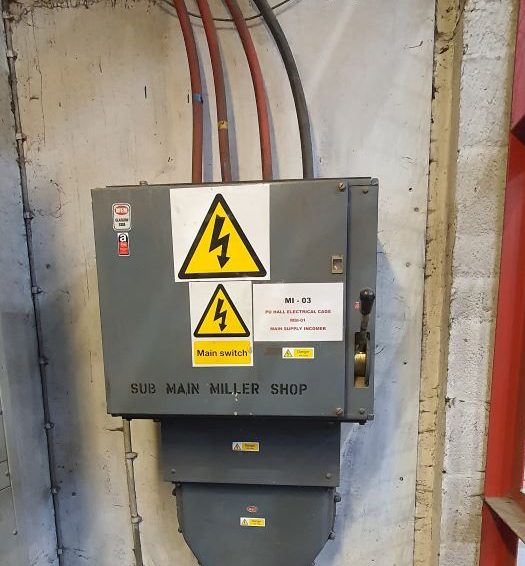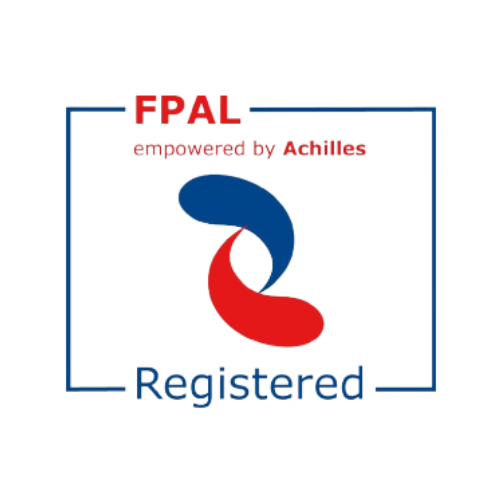Managing arc flash risk in your electrical safety program can seem daunting at the beginning, but a successful implementation requires a structured approach. A report and equipment labels may be a good start, but they’re certainly not the end. Below are some key points of good arc flash safety management.
Update your operational methods and safety program
Current regulations in Europe offer limited guidance, and they do not require an arc flash risk assessment. Adding an arc flash risk can be based on the US standard NFPA 70E, but certain elements don’t translate exactly. Updating your electrical safety program to account for arc flash risk is nonetheless a vital step in the process.
Perform a risk analysis based on activity frequency and hazard levels
To reduce overall arc flask risk, it helps to understand what work activities happen most often and what hazards are encountered. A risk assessment can help in this understanding, as well as give priority to risk reduction solutions and changing work methods where risk is highest.
Keep up-to-date arc flash calculations
Things change: new additions, equipment gets replaced or modified, and arc flash hazard levels may be affected by these. Your arc flash hazard calculations must be reviewed to reflect these changes and labels updated.
Continuous Improvement
Based on feedback, new insights, and updated hazard assessments, the management of arc flash risk can be improved cyclically.










